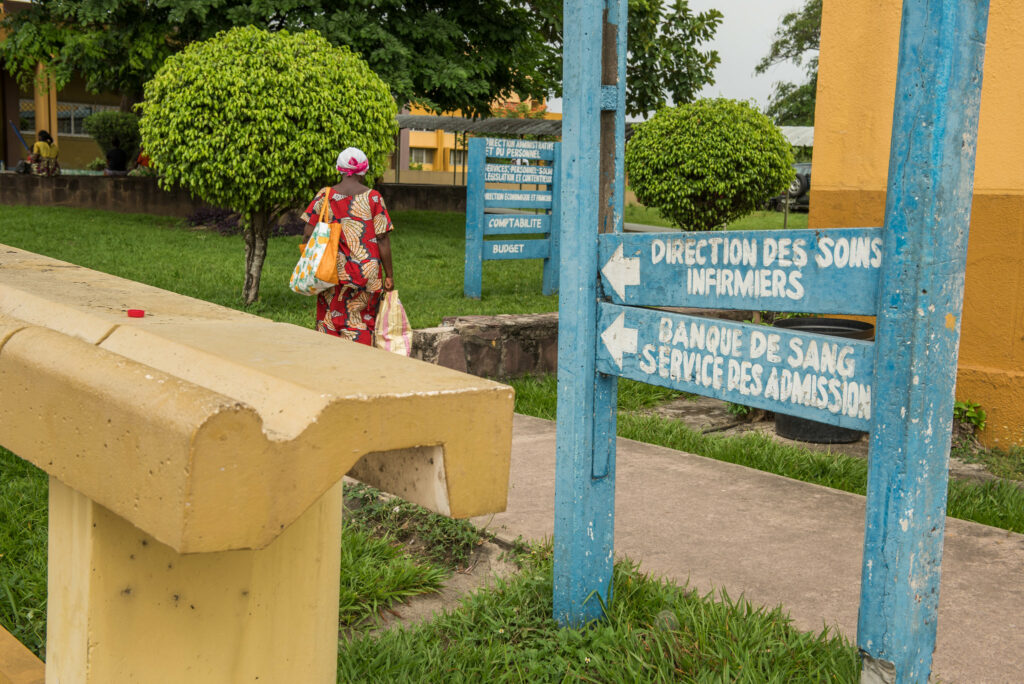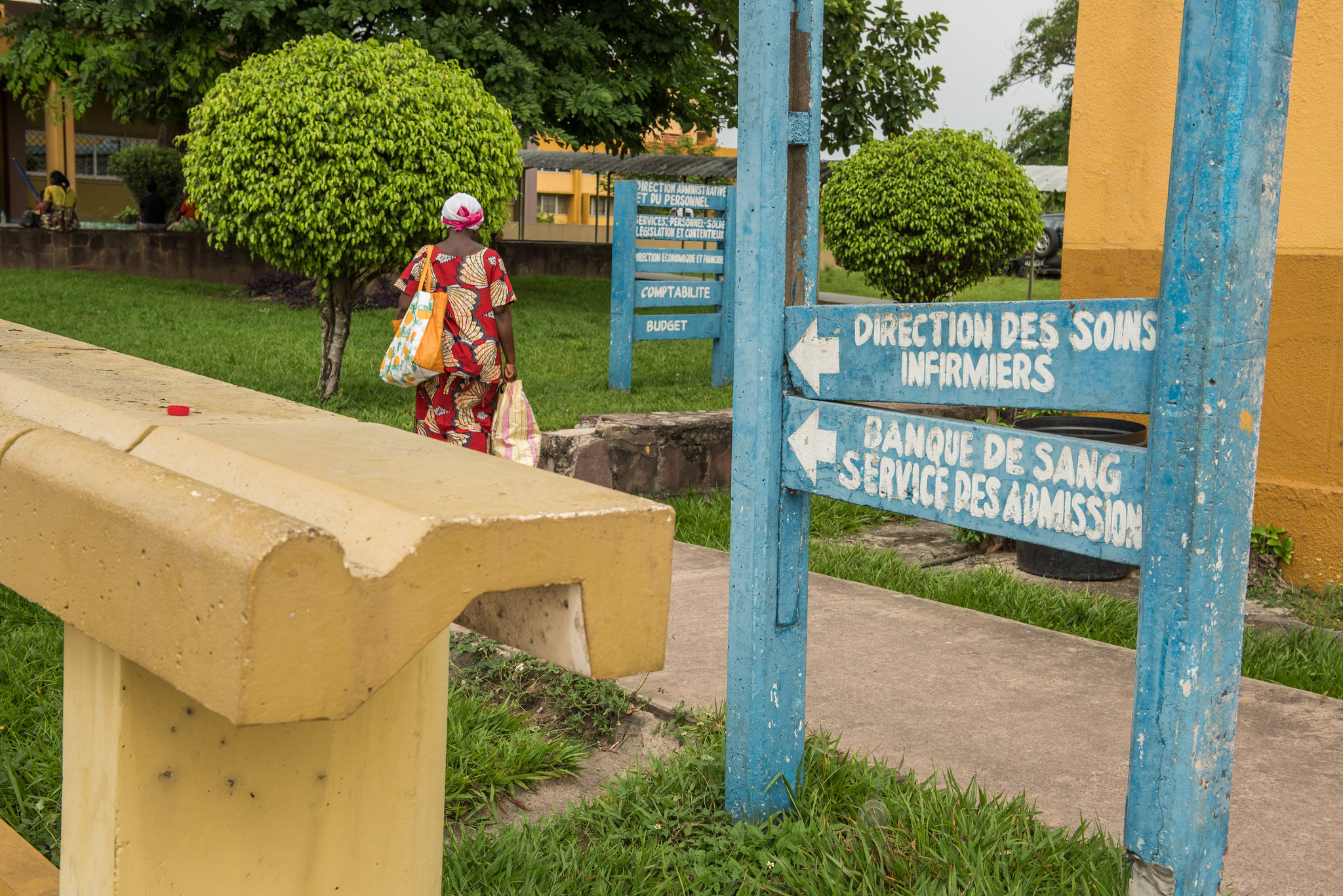The Democratic Republic of Congo (DR Congo) is already celebrating its 60th anniversary this year, like a person entering old age. It is therefore an opportunity to take a look at the history of this great country, with a view to envisioning a better future. The perspective we propose deliberately chooses to focus on the positive aspects which, despite the socio-political problems which have long prevented the country from taking off, have allowed the population to survive and even to envisage a more favorable future. To the extent that we cannot speak of all sectors exhaustively, our reflection will mainly focus on the health system.
The DR Congo is a very large country subdivided into 26 provinces and 145 territories for a population of 95,784,841 inhabitants in 2019. Our reflection will favor the East of this country, although for mutual societies we will cite a few regions having already implemented them. Speaking of the Congolese health system, we will subdivide the history into two important periods which are: that of 1960 to 1989 and that of 1990 to the present day. These two periods better describe the general context of the country, in particular developments in the key area of health.
Après l’indépendance congolaise, le pays a hérité des bienfaits de l’époque coloniale dans plusieurs domaines. Par exemple dans les domaines de la santé publique et financier. Les hôpitaux continuaient à être gérés par l’État. Le pays a profité également d’une démographie maîtrisable en 1960 soit 13,5 millions d’habitants le 30/06/1960, et donc d’une faible pression sur le budget de l’État. Il y avait peu d’infrastructures hospitalières, d’universités et d’instituts supérieurs proposant des options médicales ; et celles-ci étaient inégalement réparties sur le territoire national. Les familles devaient déplacer leurs enfants pour qu’ils aillent étudier à l’Université de Kinshasa, de Lubumbashi ou de Kisangani.
Au début des années 1970, de nombreuses crises politiques, sociales et économiques, se sont succédé détruisant ainsi l’appareil de santé publique national impacté par des problèmes de financement. Pour les investisseurs privés, cette tendance a été l’occasion d’exploiter et de lancer leurs formations sanitaires sur la seule base de calculs économiques, bénéficiant du vide réglementaire créé [1]RIAC-MCM; DRC-ITM Antwerp. This is a national seminar of reflection on health reforms which took place in the DRC (Final report Kinshasa 26-27/10/2002, page 7). National Seminar, … Continue reading. Cette tendance a nui à l’équité et à l’accès au système de soins congolais [2]National Seminar, 2002; PNDS, 2010..
Au cours des années 80, le pays a été confronté à de multiples défis. Les fonds précédemment empruntés auprès des divers donateurs ont atteint leur terme et n’ont pas pu être renouvelés (au niveau international, le soutien public aux secteurs sociaux baisse, et ceux-ci sont soumis aux mêmes contraintes de performance que les organisations privées). De plus, les fonds n’auraient malheureusement pas été soigneusement placés dans des domaines rentables, mais le plus souvent détournés.
From the 1990s onwards, the health sector experienced a real upheaval as most donors ceased their support due to regular socio-political crises.
This has led to households bearing almost the entire financial burden of health services. This contribution from homes, necessary for patient care, constituted a real obstacle to accessing health care. The political-security conflict of the 1990s therefore impacted the health system as a whole. On the other hand, the demographics were galloping.
In this difficult context, however, significant progress has been made. In 1980, the country adopted Alma Ata charter on primary health care. Le Ministre de la santé a également lancé un appel pour que les Églises et les organisations non gouvernementales (ONG) puissent l’aider à redresser le niveau sanitaire du pays. Ainsi, en 1982, l’Église Catholique créa le Current Office of Medical Works Diocesan Office of Medical Works (BDOM), coordinated by Maria Masson who restructured the health zones. At the beginning, there were 2 health zones, 3 functioning hospitals, and no health structures in the most remote areas. For example on the island of Idjwi, with 60,000 inhabitants, there was neither a hospital nor a valid health center.
30 years later, a general reference hospital, 2 hospital centers and around 15 health centers were built. 10 doctors and more than 40 nurses work there full time. In South Kivu, the Catholic Church has built more than 65 health centers, 27 maternity wards and 12 reference hospitals and hospital centers which care for a population of more than two million inhabitants. We must also add the intervention of the BDOM in more than 26 Health Zones of the province of South Kivu out of the 34 Health Zones, 12 of which are under the management of the BDOM in collaboration with the State.
Currently, in the east of the DR Congo there are, in the medical field, the presence of more than 30% female doctors occupying positions of responsibility (directors, area heads or specialist doctors) and several nurses compared to the 1960s .
Eastern DR Congo is also among the first regions to set up the mutual health insurance system in order to facilitate access to health care for the entire population through a system that makes solidarity active and structural. In order to ensure transfusion safety and guarantee the population quality transfusion blood, South Kivu also initiated a voluntary blood donor association in 1994. This makes this province a model in this area.
Around 1990, private universities emerged in several provinces of the DRC. Their advent allowed many children to study close to home and a large number of girls to go to university. This is how in South Kivu, the Catholic University of Bukavu (UCB) benefiting from the support of UCLouvain has enabled an increase in the number of young doctors.
Mutual health societies, whose presence has made it possible to significantly improve access to care for the poorest populations, as explained previously, have also been set up but this time over a large area of the DR Congo thanks to the establishment of local support structures in the provinces. This National Program for the Promotion of Mutual Health Insurance was initiated in May 2010 in collaboration with technical and financial partners. They gradually settled in provinces such as Kinshasa, Congo-Central, Equateur and North Kivu (Goma and Butembo.
We could conclude by saying that the private sector has enabled the rejuvenation of doctors and teachers, as well as the better participation of women in health governance.
This is undoubtedly significant progress. However, when we think about it carefully, while emphasizing that such developments are sensitive and significant, we cannot turn a blind eye to a certain number of questions of importance for the future. For example, we must ask ourselves whether it is really promising that the development of a sector as important as that of health has been essentially shaped by private initiatives and funds relating mainly to international aid and charitable and faith-based efforts. Do these external supports not contribute to disqualifying the State in its role as guarantor of the health system? In DR Congo, particularly in South Kivu, we can even go further and seriously wonder if these private efforts are not in reality supporting the dysfunctions and disruptions of public health services, with public actors wondering, sometimes completely good faith if it is necessary to act where others are already acting effectively. Because the health of a People cannot depend solely on the goodwill or the initiative of private actors, even less on the charity of generous foreign donors. No more than other sectors such as education, security, etc. which are increasingly abandoned in the hands of private actors.
This reflection immediately suggests a path for improvement which should absolutely complement the efforts undertaken: how, while contributing to the development and smooth running of the health system, can the national private sector also focus on developing the capacity and the effectiveness of the public health sector? How can the Congolese private sector significantly strengthen the State in its health policies, investments and initiatives? How, for its part, can civil society gain power to guide and control health initiatives, whether public or private? Otherwise, isn't the health of the Congolese at risk of being handed over to private interests?
Esther Kalulu Bunguke & Philippe De Leener.







